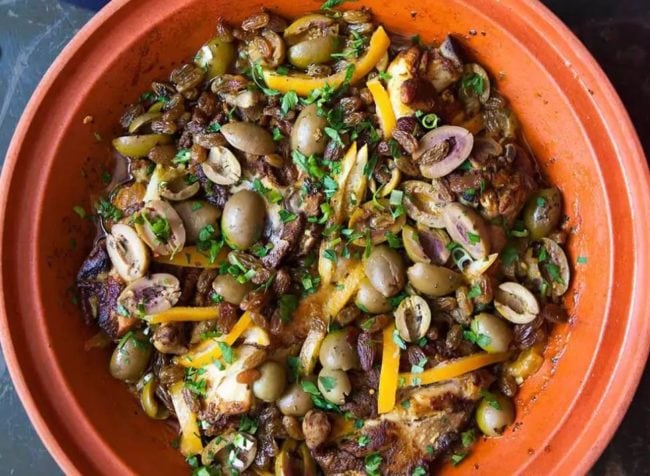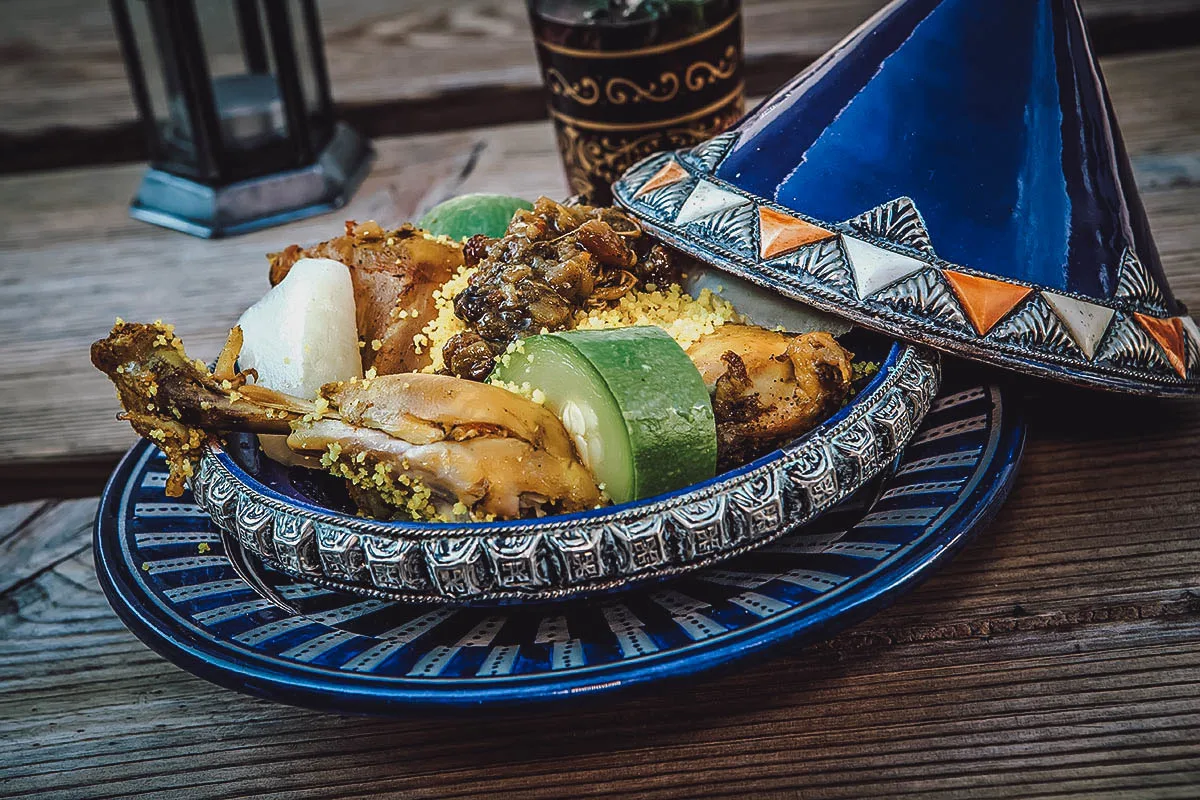Explore Traditional Mediterranean Food Las Vegas for a Memorable Culinary Experience
Explore Traditional Mediterranean Food Las Vegas for a Memorable Culinary Experience
Blog Article
Mediterranean Food: A Flavorful Journey Through Tradition and Taste
Mediterranean cuisine offers as an impressive junction of practice and preference, attracting from a varied array of societies that span continents. The extensive tastes and wellness advantages connected with the Mediterranean diet plan have gathered global appreciation, yet below its surface lies an intricate narrative of historical impacts and local specialties that require more expedition.
Origins of Mediterranean Cuisine
The beginnings of Mediterranean cuisine are deeply rooted in a rich tapestry of history, geography, and cultural exchange. This culinary tradition emerges from a region specified by its varied landscapes, consisting of coastlines, mountains, and abundant plains, which have affected its farming methods and food production. The Mediterranean Basin, including countries such as Italy, Greece, Spain, and Turkey, has actually been a crossroads of worlds for centuries, where profession paths assisted in the exchange of components, methods, and culinary philosophies.
Ancient societies, consisting of the Greeks and Romans, considerably designed Mediterranean foodways, emphasizing the significance of fresh, seasonal produce and communal dining. The spread of agriculture, specifically the cultivation of olives, grapes, and grains, laid the foundation for meals that stay staples today. The influence of various conquerors and investors, such as the Moors and Ottomans, introduced new tastes and cooking styles, additionally improving the food.
Today, Mediterranean food is celebrated not only for its taste and variety yet likewise for its focus on healthy consuming, symbolizing a well balanced strategy to nutrition that remains to interest international tastes. This historic interplay of ingredients and societies develops the essence of what we now identify as Mediterranean food.
Trick Active Ingredients and Tastes
Mediterranean food is identified by a vivid variety of vital components and flavors that mirror the area's agricultural bounty and cultural heritage. Central to this cooking tradition are fresh vegetables, fruits, and herbs, which offer important nutrients and dynamic tastes. mediterranean restaurant las vegas. Staples such as tomatoes, eggplants, olives, and bell peppers are regularly included, showcasing the region's varied environment and dirt
Olive oil, typically considered the foundation of Mediterranean cooking, imparts splendor and depth to dishes. It is matched by a selection of natural herbs and spices, consisting of garlic, oregano, and basil, which raise the flavors of meats, seafood, and grains. Grains, particularly wheat and rice, act as essential parts, with meals like couscous and pasta being staples throughout the region.
Furthermore, vegetables such as chickpeas and lentils not just offer healthy protein but also add to the food's robustness. The use of milk, especially yogurt and feta cheese, includes creaminess and tang. Seafood, plentiful in coastal areas, features plainly, with fresh fish and shellfish offering a taste of the sea. Collectively, these active ingredients develop an unified equilibrium that defines Mediterranean food.
Regional Variations and Specialties
Varied regional variations and specializeds identify Mediterranean food, reflecting the unique social influences, geography, and history of each area. In the coastal areas of Italy, for instance, fish and shellfish rules supreme, with recipes like Sicilian caponata showcasing a blend of eggplant, olives, and capers. Meanwhile, Greece is renowned for its use of feta cheese, olives, and fresh herbs, evident in traditional prep work such as moussaka and spanakopita.
The Levantine nations, consisting of Lebanon and Syria, highlight making use of grains and flavors, with specializeds like tabbouleh and kibbeh taking spotlight. North Africa, especially Morocco, sticks out for its aromatic tagines and couscous, frequently enriched with dried fruits and an abundant selection of flavors.
In comparison, the Iberian Peninsula highlights the use of treated meats and strong tastes, with Spanish paella and Portuguese bacalhau exhibiting the region's cooking variety.
Each Mediterranean area not just commemorates its local ingredients yet likewise reflects the historical trade paths and social exchanges that have shaped its food society, developing a dynamic tapestry of flavors that mesmerizes the taste.
Cooking Techniques and Designs
Cooking methods and designs in Mediterranean cuisine are as varied as the areas themselves, usually reflecting readily available ingredients and regional practices. The heart of Mediterranean food preparation depends on its simpleness, where fresh fruit and vegetables, natural herbs, and olive oil take facility phase. Methods such as barbecuing, toasting, and sautéing are typically employed, allowing the all-natural flavors of the ingredients to shine.
Cooking, common in seaside locations, infuses seafood and meats with a smoky splendor, while roasting, especially between East, enhances the sweetness of root vegetables and meats. Sautéing, usually utilized in Italian and Spanish dishes, supplies a quick technique to draw out the richness of additional reading garlic and onions, offering as a structure for numerous sauces.
Stewing is an additional vital method, particularly in North African foods, where tagines simmer fragrant spices and tender meats gradually, fusing tastes over time - mediterranean restaurant las vegas. Cooking, particularly in the context of bread and pastries, holds a significant place in Mediterranean culture, with each region flaunting its very own specializeds. Generally, these diverse cooking techniques not just commemorate the ingredients however additionally mirror the ingrained cooking heritage of the Mediterranean, making each recipe a testimony to its rich background

Health Conveniences of Mediterranean Diet Regimen
Regularly acknowledged for its many wellness advantages, the Mediterranean diet regimen highlights the consumption of entire, minimally processed foods that advertise general health. This dietary pattern is abundant in fruits, vegetables, whole grains, beans, nuts, and healthy fats, particularly olive oil, while urging moderate intake of fish and poultry and limiting red meat and desserts.
Research study consistently links the Mediterranean diet plan to a range of health and wellness advantages. Notably, it has been connected with a decreased risk of cardio conditions, mostly due to its focus on heart-healthy fats and antioxidants. The diet regimen is additionally thought to boost click for more info cognitive feature and might decrease the risk of neurodegenerative conditions such as Alzheimer's.
Furthermore, the Mediterranean diet plan sustains weight administration through its concentrate on nutrient-dense foods that advertise satiation. The high fiber content from fruits, veggies, and entire grains aids food digestion and aids preserve healthy blood sugar levels.
Along with physical wellness, the Mediterranean diet plan promotes social well-being, as it encourages public dishes and shared cooking experiences. Generally, embracing this diet plan is not only a path to boosted health yet also an event of flavors, culture, and area.

Verdict
To conclude, Mediterranean food acts as a rich tapestry of custom and preference, showcasing varied local tastes and components. The emphasis on fresh produce, olive oil, and fragrant natural herbs not only enhances culinary experiences however additionally advertises countless wellness benefits. By accepting time-honored food preparation techniques and cultivating common dining, this cooking heritage proceeds to inspire and connect individuals throughout societies, strengthening its status as a cherished and influential part of international gastronomy.

Cooking strategies and designs in Mediterranean click for more cuisine are as differed as the areas themselves, often showing available active ingredients and regional practices.In conclusion, Mediterranean cuisine offers as an abundant tapestry of practice and taste, showcasing diverse local flavors and active ingredients.
Report this page